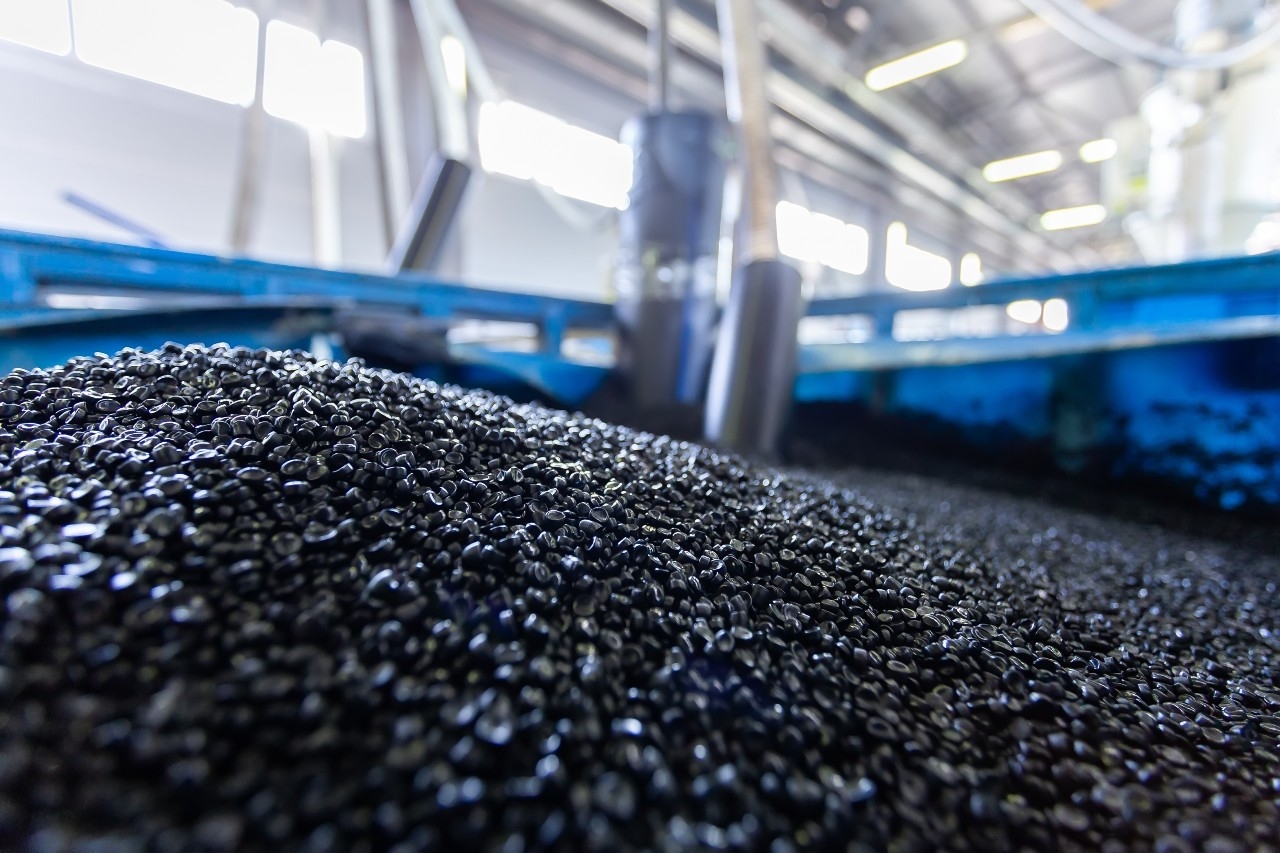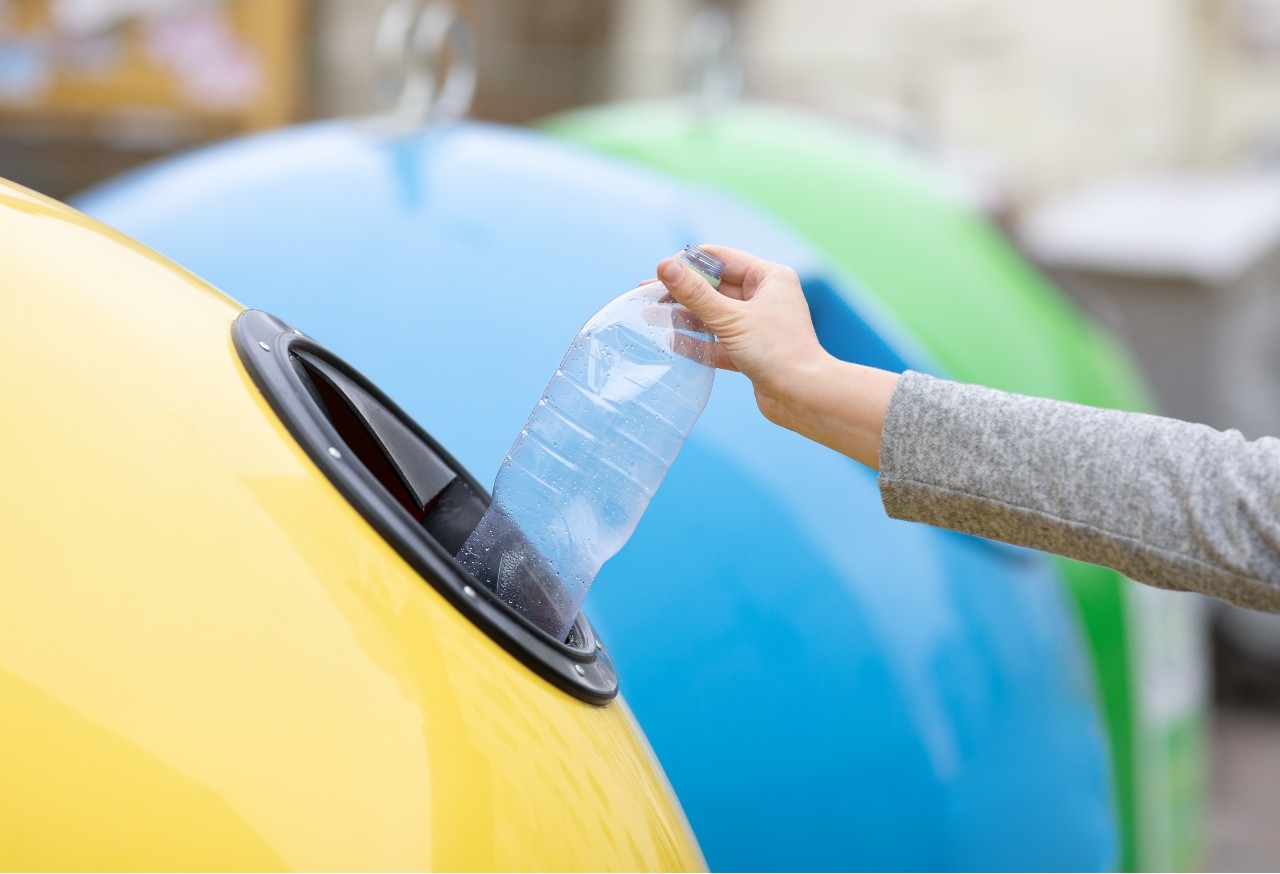22 December 2022
How plastic is recycled: from collection to sorting and recycling centres
Everything you need to know about plastic recycling
Plastic is a durable and versatile material used in many industries, especially for packaging and everyday objects. Like all materials, however, if subjected to prolonged use it can deteriorate and, once its function is over, it must be disposed of properly. Optimal end-of-life management of plastic packaging and materials is fundamental for the protection of environment and the Planet and can lead to a significant limitation of plastic dispersion in the environment, transforming it from waste into a valuable reusable for the production of new products.
 +39 0376 391192
+39 0376 391192


